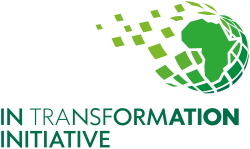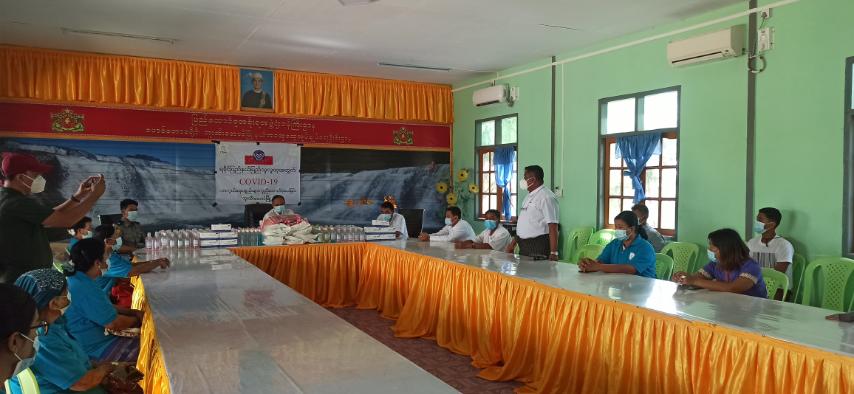EXECUTIVE SUMMARY
On 1 February 2021, Myanmar’s military, the Tatmadaw, launched a coup, unseating the democratically elected National League for Democracy (NLD) government, alleging fraud in November 2020 elections that saw the NLD defeat the military-backed party, the Union Solidarity and Development Party (USDP). In reality though it seems that a second NLD term, with no imminent prospect of a return to the kind of military influence over the government and presidency envisaged by the authors of the 2008 constitution was too much to bear.
Importantly also, the commander in chief, Min Aung Hlaing, set to retire when he turns 65 in June, had his sights firmly on the presidency; the NLD’s overwhelming victory deprived him of that opportunity. The State Administration Council (SAC) is the military junta currently governing Myanmar. To limit the growth of the civil disobedience movement (CDM) and related protests and consolidate power, the SAC made a series of sweeping changes to the legal and judicial systems that criminalise even peaceful protests.
The coup transferred all legislative, executive, and judicial powers to the Commander in Chief of the Defence Services, making Senior General Min Aung Hlaing the country’s de facto leader. State Counsellor Aung San Suu Kyi, President Win Myint and 3,555 key members of Suu Kyi’s NLD, as well as government figures were arrested by the military during the coup. Win Myint was replaced by the Tatmadaw-nominated first vice president, U Myint Swe, as acting president.
The coup d’état has triggered mass protests across Myanmar. The security forces have responded with brutal violence. The Assistance Association for Political Prisoners (AAPP) said on 3 May 2021 that security forces had killed 765 people since protests began on 1 February 2021.
Security forces opened fire on some of the biggest protests against military rule in days on 2 May 2021, killing eight people. At the end of April 2021, Karen rebels and the army clashed near the Thai border in the most intense fighting in the area in 25 years. The Kachin Independence Army (KIA), one of Myanmar’s most powerful rebel groups, on 3 May 2021 said it had shot down a helicopter after returning fire following air strikes by the military.
On 5 February, 289 elected NLD Members of Parliament (MPs) announced the establishment of the Committee Representing the Pyidaungsu Hluttaw (CRPH). The committee claims it is Myanmar’s sole representative body. The Restoration Council of Shan State (RCSS) and the Karen National Union (KNU) met separately with CRPH leaders. The KNU is providing armed protection to demonstrations in areas where it operates and also training to urban protestors.
On 24 April, the Association of Southeast Asian Nations (ASEAN) held an emergency summit to address the ongoing crisis in Myanmar. At the end of the meeting, leaders from the 10 ASEAN member states, including Myanmar’s junta leader General Min Aung Hlaing, established five points of consensus about the crisis. A draft statement circulating the day before the summit reportedly included the release of political prisoners as one of its “consensus” points, but in the final statement, the language on freeing political prisoners had been watered down.
The United States (US), United Kingdom (UK) and European Union (EU) continue to expand sanctions targeting the Tatmadaw. Chinese State Councillor and Foreign Minister Wang Yi, in March 2021, put forward a three-point proposal on de-escalating tensions in Myanmar that includes the NLD. Then, on April 3, Wang Yi issued a new statement, dropping all mention of China’s relations with the NLD.
Meanwhile Russia is emerging as the most high-profile supporter of the Myanmar military government. The junta and CDM are currently stuck in a scenario marked by chaos where the military and the protest movement each attempt to steer the situation towards their own optimal outcomes: for the junta indefinite military rule and for protesters either a return to the pre-coup status quo and the exile of leading generals, or complete civilian control of the military and a federal democratic regime.
A tipping point may occur in favour of either side, depending on the additional resources or support that it obtains, either from other domestic actors or from international actors and defectors from the other side. The UN human rights chief, Michele Bachelet, warned that the country could still tip into an all-out civil war. The UN special envoy on Myanmar, Christine Schraner Burgener, told the Security Council that if “collective action” was not taken to reverse the coup, “a bloodbath is imminent.” She warned of a “multi-dimensional catastrophe in the heart of Asia.”
Returning to the status quo that prevailed before the coup – the tenuous collaboration between the civilian NLD and the Tatmadaw – is impossible at this point. However, the military will almost certainly have to be part of any future political settlement, given how entrenched it is within Myanmar. In the framework of a cessation of violence and other discussions, the deployment of UN/ASEAN observers needs to be considered.
ASEAN in particular should make clear it will not grant Myanmar’s junta legitimacy through a seat at its table except to discuss a resolution of the current impasse. It should sponsor a broad-based dialogue—involving Australia, China, India, Japan, South Korea, the US, and others—to forge a united front that delivers a clear and forceful message to the Tatmadaw and makes credible threats to shut off the military’s access to banks, schools, hospitals, and other sources of support should the Tatmadaw fail to end the violence and agree to open discussions with Myanmar’s elected representatives on a path forward.
The dispatch of a humanitarian mission by the ASEAN Secretary-General, as was the case with the cyclone Nargis disaster and during the Rohingya crisis, could potentially provide the interface with the military regime in Nay Pyi Taw to open up the space for humanitarian and subsequently broader dialogue with all the relevant stakeholders.
ASEAN must be creative in employing a multitrack approach whereby existing official channels of communication can be augmented and complemented by informal or behind-the-scenes diplomacy involving private individuals or organisations having both the links and the impartiality to serve as the conduit to build up trust and confidence among the respective parties in Myanmar.

